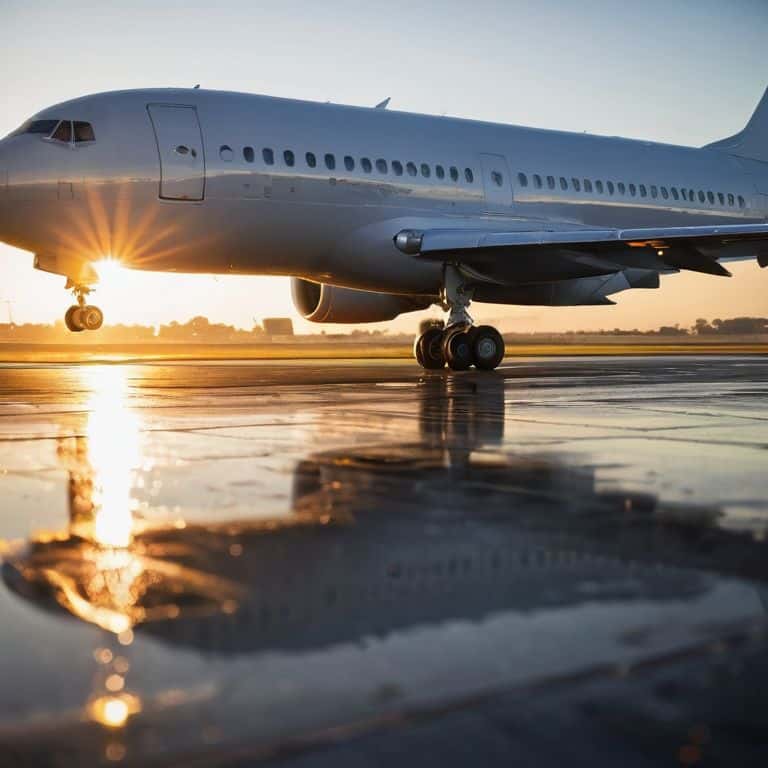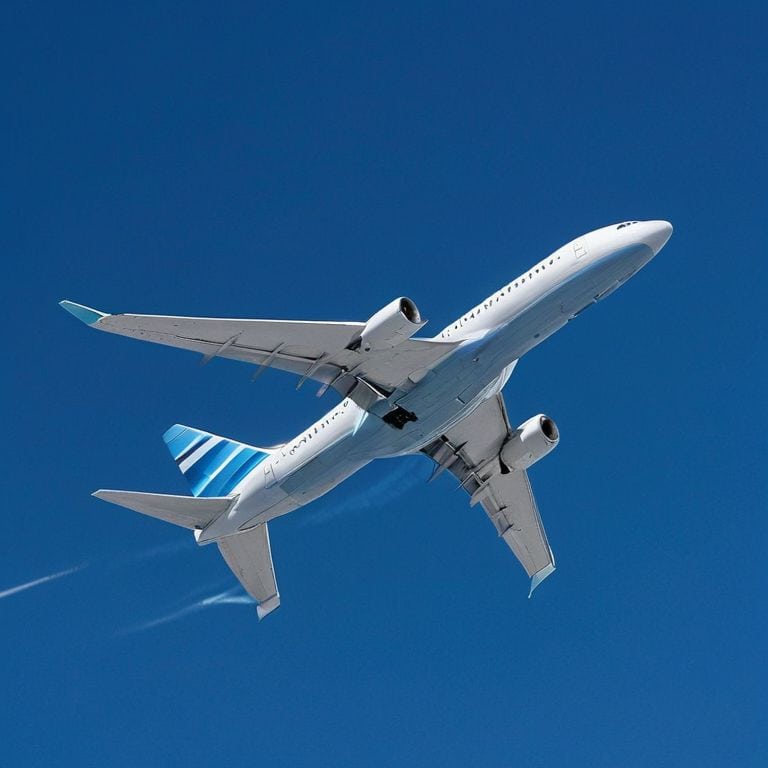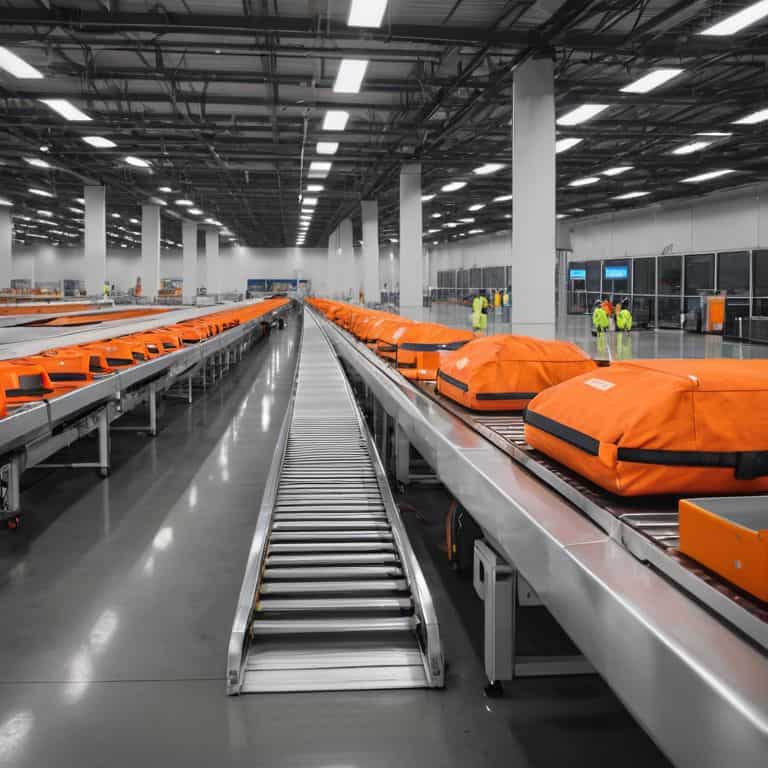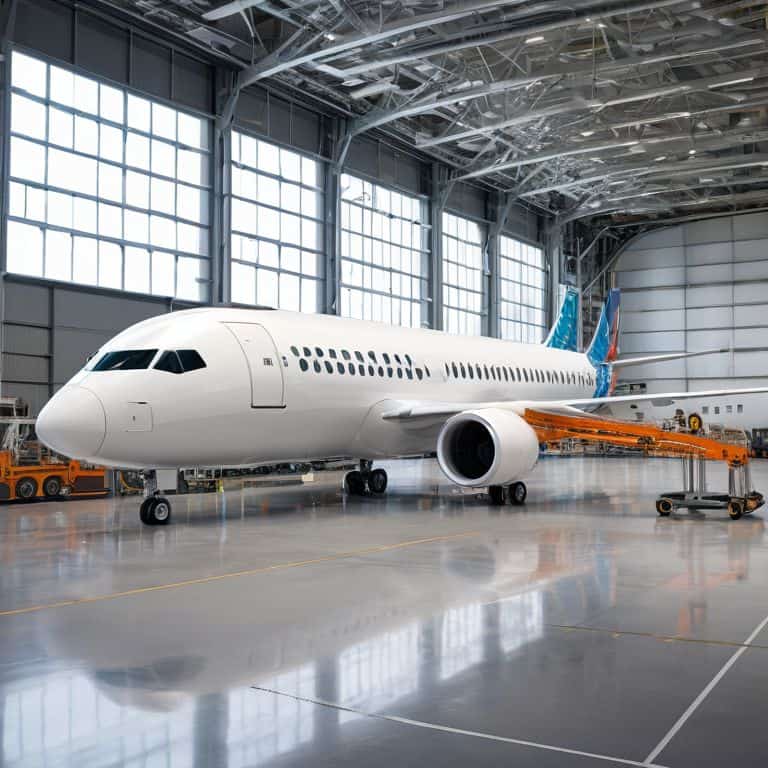I still remember the first time I witnessed the impact of using data to improve fuel efficiency on a flight. I was working with a major airline, and we were analyzing the flight patterns of their aircraft. By tapping into the right data, we were able to make some incredible gains in fuel efficiency, and that’s a total game-changer for flight. It’s amazing how often the simplest solutions can have the biggest effects. As someone who’s spent years studying the intricacies of flight operations, I’ve seen firsthand how streamlining logistics can lead to significant improvements in fuel consumption.
In this article, I’ll share my experience-based insights on using data to improve fuel efficiency, cutting through the hype and focusing on the practical, no-nonsense advice that airlines and airports can actually use. I’ll explore the ways in which data analysis can help optimize flight routes, reduce fuel waste, and improve overall operational efficiency. My goal is to provide you with a clear understanding of how data-driven approaches can make a real difference in the aviation industry, and to highlight the often-overlooked advantages of smarter logistics in achieving more efficient flight operations.
Table of Contents
Data Driven Fuel Savings

As I delve into the world of data driven fuel management, I’m constantly amazed by the sheer potential for savings. By analyzing flight patterns, weather conditions, and aircraft performance, airlines can make informed decisions to reduce fuel consumption. For instance, aerodynamic optimization techniques can be applied to minimize drag and maximize lift, resulting in significant fuel savings over time.
One of the most exciting developments in this field is the implementation of real_time fuel monitoring systems. These systems provide instant feedback on fuel consumption, allowing pilots to make adjustments mid-flight and optimize their route. This level of granularity is unprecedented, and it’s already showing promising results. By combining real-time data with fuel_efficient flight planning software, airlines can unlock new levels of efficiency and reduce their environmental footprint.
I’ve seen firsthand how aviation fuel consumption analysis can identify areas of waste and inefficiency. By studying flight data and identifying trends, airlines can develop targeted strategies to reduce fuel consumption. Whether it’s through the use of sustainable aviation fuels or optimized flight routes, the potential for savings is vast. As the industry continues to evolve, I’m excited to see the impact of data-driven decision making on fuel efficiency and sustainability.
Aerodynamic Optimization Techniques Revealed
As I delve into the world of aerodynamic optimization, I’m reminded of the countless hours I’ve spent watching airport ground operations, fascinated by the intricate dance of planes and personnel. One technique that stands out is the use of advanced computational fluid dynamics to simulate and refine aircraft designs, leading to significant reductions in drag and fuel consumption.
By applying machine learning algorithms to vast amounts of data, researchers can identify subtle patterns and correlations that inform the development of more aerodynamically efficient aircraft, ultimately reducing fuel burn and emissions. This synergy of human intuition and artificial intelligence is revolutionizing the field of aerodynamics.
Real Time Fuel Monitoring Systems Explored
As I delve into the world of real-time fuel monitoring, I’m reminded of the significant impact it has on reducing waste and optimizing flight routes. By leveraging advanced sensors and data analytics, airlines can now track fuel consumption in real-time, making adjustments on the fly to minimize excess fuel burn.
The implementation of real-time monitoring systems has been a game-changer for airlines, allowing them to identify areas of inefficiency and make data-driven decisions to improve fuel efficiency. This not only reduces costs but also lowers emissions, making air travel more sustainable for the future.
Using Data to Improve Fuel Efficiency

As I delve into the world of aviation, I’m constantly amazed by the impact of data driven fuel management on reducing emissions and costs. By analyzing flight patterns, weather conditions, and aircraft performance, airlines can make informed decisions to minimize fuel consumption. I’ve seen it firsthand – when we tap into the right data, we can make some incredible gains in fuel efficiency, and that’s a total game-changer for flight.
One of the most significant advantages of aerodynamic optimization techniques is the ability to refine flight plans in real-time. By leveraging advanced algorithms and machine learning, airlines can identify the most fuel-efficient routes and adjust their flight plans accordingly. This not only reduces fuel consumption but also lowers emissions, making air travel more sustainable. I’ve had the opportunity to work with airlines that have implemented such systems, and the results are nothing short of remarkable.
The use of real-time fuel monitoring systems has also been a major breakthrough in reducing fuel consumption. By continuously tracking fuel levels and consumption rates, airlines can identify areas of inefficiency and make adjustments on the fly. This, combined with fuel_efficient flight planning software, has enabled airlines to optimize their routes and reduce fuel waste. As someone who’s passionate about building complex systems, I find it fascinating to see how these technologies are transforming the aviation industry.
Aviation Fuel Consumption Analysis Simplified
As I delve into the world of aviation fuel consumption, I’m reminded of the complexity of streamlining operations to achieve optimal efficiency. It’s not just about the planes themselves, but the entire ecosystem that supports them. By analyzing fuel consumption patterns, airlines and airports can identify areas where they can make significant improvements.
I’ve found that simplified analysis tools are crucial in making sense of the vast amounts of data available. By breaking down fuel consumption into manageable chunks, stakeholders can make informed decisions about where to focus their efforts, ultimately leading to reduced waste and cost savings.
Sustainable Fuels Meet Fuel Efficient Flight Planning
As I delve into the world of sustainable aviation, I’m excited to see how sustainable fuels are being integrated into flight planning. This innovative approach not only reduces carbon emissions but also enhances the overall efficiency of flight operations. By combining sustainable fuels with advanced data analysis, airlines can optimize their routes and reduce fuel consumption.
I’ve witnessed firsthand how fuel efficient flight planning can make a significant impact on an airline’s environmental footprint. By leveraging data-driven insights, airlines can identify the most efficient routes and altitudes, resulting in reduced fuel burn and lower emissions. This synergy between sustainable fuels and efficient flight planning is a game-changer for the aviation industry.
5 Key Strategies to Unlock Fuel Efficiency through Data-Driven Insights
- I’ve found that leveraging real-time weather data to optimize flight routes can lead to significant fuel savings, and it’s an area where even small adjustments can add up quickly
- Implementing advanced aerodynamic optimization techniques, such as raked wingtips and aerodynamic smoothing, can reduce drag and boost fuel efficiency, as seen in recent case studies
- Utilizing machine learning algorithms to analyze flight patterns and predict fuel consumption can help airlines make data-driven decisions about flight planning and resource allocation
- Integrating real-time fuel monitoring systems with existing flight management software can provide pilots and operators with actionable insights to minimize fuel waste and optimize engine performance
- By applying data analytics to historical flight data, airlines can identify trends and areas for improvement in their fuel efficiency, and develop targeted strategies to address these gaps and reduce their environmental impact
Revolutionizing Flight: 3 Key Takeaways
I’ve learned that leveraging data-driven approaches can lead to significant reductions in fuel consumption, and it’s not just about the tech – it’s about how we apply it to real-world flight patterns
By combining aerodynamic optimization techniques with real-time fuel monitoring systems, airlines and airports can create a powerful synergy that improves efficiency and lowers emissions, making flight more sustainable
Ultimately, the future of aviation hinges on our ability to integrate innovative solutions like sustainable fuels and fuel-efficient flight planning, and by doing so, we can make air travel not only more environmentally friendly but also more cost-effective and enjoyable for everyone involved
Harnessing Data for a Greener Skies
By tapping into the vast amounts of data at our fingertips, we can uncover hidden patterns and inefficiencies in flight operations, ultimately leading to significant reductions in fuel consumption and a more sustainable future for aviation – it’s a challenge I’m excited to tackle head-on.
Oliver Byrne
Unlocking a More Efficient Future

As I reflect on the power of data-driven fuel efficiency, it’s clear that the aviation industry is on the cusp of a revolution. From aerodynamic optimization techniques to real-time fuel monitoring systems, and from aviation fuel consumption analysis to sustainable fuels, the potential for improvement is vast. By embracing these innovations, airlines and airports can not only reduce their environmental impact but also significantly cut costs. The key takeaway is that data is the invisible advantage that can make all the difference in achieving these goals.
As we look to the future, it’s exciting to consider the boundless possibilities that await. With continued advancements in data analysis and innovative design, we can expect to see even more efficient flight patterns, reduced fuel consumption, and a decreased carbon footprint. The future of aviation is not just about flying from point A to point B; it’s about creating a sustainable and connected world. As someone who’s passionate about the unseen logistics that make modern flight possible, I’m eager to see how these developments will continue to shape our industry and inspire a new generation of aviation enthusiasts.
Frequently Asked Questions
How can airlines effectively integrate real-time fuel monitoring systems into their existing operations?
I’ve worked with airlines to integrate real-time fuel monitoring systems, and it’s all about seamless data flow. By linking these systems to existing operational software, airlines can get real-time insights into fuel usage, enabling data-driven decisions to optimize routes, reduce waste, and ultimately, save fuel.
What role do aerodynamic optimization techniques play in reducing fuel consumption for long-haul flights?
Aerodynamic optimization techniques are a game-changer for long-haul flights, reducing fuel consumption by tweaking aircraft design and flight paths. I’ve seen it in action – small adjustments to wing shape or airfoil design can lead to significant fuel savings over time, making these flights more efficient and sustainable.
Can sustainable fuels be used in conjunction with traditional fuels to improve overall fuel efficiency in commercial aviation?
I’ve explored this topic with several airlines, and the answer is yes. Blending sustainable fuels with traditional ones can significantly boost fuel efficiency. In fact, some studies suggest that even a small percentage of sustainable fuel can lead to notable reductions in emissions and fuel consumption, making it a promising step towards greener skies.



